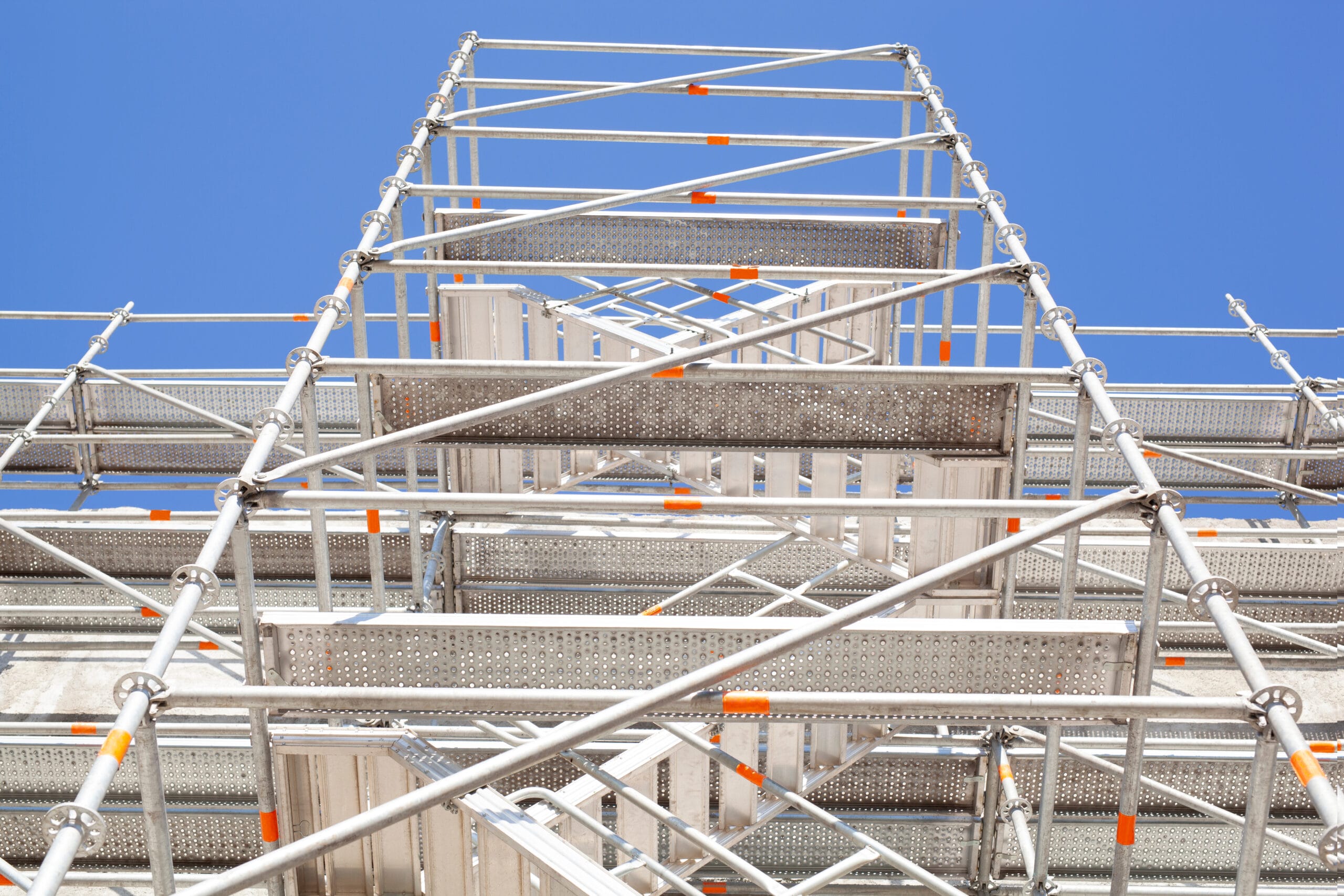Scaffolding Safety
New Braunfels, TX, May 8, 2024

In keeping up with the 11th annual OSHA fall prevention stand-down week, we would like to take the time to expand on some of the hazards associated with scaffolding. Scaffolding is an essential tool for construction and maintenance activities that require working at heights. This morning we are going to expand specifically on supported scaffolds. This is a type of scaffold that is supported by poles, frames, and outriggers, and usually consists of one or more stationary platforms. Around 65% of the construction industry works on scaffolds and experiences 4,500 injuries and 60 fatalities annually. It is important that we abide by OSHA construction standards when performing daily inspections, training, and controls, to ensure Ontivity frontline workers make it home safely. How do you erect scaffolding? The same way we build a safety culture, from the ground up.
- Never assemble, or adjust scaffolds without proper training.
- Ensure that scaffolding is properly inspected daily before use
- Understand the tagging system for scaffolding
NEVER ASSEMBLE, OR ADJUST SCAFFOLDS WITHOUT PROPER TRAINING
Similar to most tasks performed on the jobsite here at Ontivity, the assembly of scaffolding systems requires trained individuals to safely perform the task. Competent persons are vital during the erection, movement, alteration, and dismantling of the structure. The competent person also ensures only experienced and trained employees assist them during these critical tasks. Erection can be dangerous, as it also exposes the erectors to other hazards such as falls from elevation, electrical risks, falling/flying objects, and ladders. Untrained employees might overlook OSHA requirements for scaffolding such as the planking must hold four times its intended load, the minimum height of top rails is 38 inches, or that the platform height shall not exceed three times the smallest dimension of the base. If you encounter a scaffold at work and do not fully understand how to proceed, stop work, and make the call. Either notify your supervisor, call the safety hotline, or initiate a request for assistance in the issues tab in Safety Culture.
ENSURE THAT SCAFFOLDING IS PROPERLY INSPECTED DAILY BEFORE USE
Scaffolding and its components shall be inspected for visible defects by a competent person before use each day. A lot can happen when we are off the jobsite; weather, misuse by other trades, or accidental disturbances of the structure can occur that affect the structural integrity. Simply put, we do not know the current condition of the structure at the start of our shift, so the scaffold needs to be inspected. The trained competent person must record the daily scaffold inspection on tags and then hang them where employees access the scaffold system. Inspections cover items like the plumb and level of the poles and planks of the standing sections. If the scaffold is on soft or unstable ground the base can shift resulting in an un-level structure so we must check this. Some inspectable items at height are gaps in the planking or ensuring that planks do not extend over the end supports less than 6 inches or more than 12. Many scaffolding setups can be braced to the structure, and this also needs to be checked prior to use. At the end of the day its’ pretty simple, never access a scaffolding system that has not been inspected by the proper personnel before work starts.
UNDERSTAND THE TAGGING SYSTEM FOR SCAFFOLDING
If you have ever worked on or near a scaffold, you will notice that the equipment has large tags hanging at entrances. These are used to quickly inform users of the status of the scaffold. The tags come in three colors: green, yellow and red. They are also assigned a unique number to ensure that they cannot be swapped to other scaffolds. Much like a stop light at an intersection, green means the scaffold has been inspected by a competent person and is safe to use. Yellow tags are placed on scaffolds whenever they have been modified to meet work requirements, and as a result, could present a hazard to the user. Lastly, Red should inform individuals to STOP! and not proceed. If the competent person deems the scaffold unsafe during their inspection this tag will be used. If you are unsure of why a scaffold system has been flagged with a yellow or red tag, remember to Make the Call!!
If you would like more information on this topic or any other safety-related topic, please reach out to the Ontivity safety team at safety@ontivity.com, and we will get you taken care of.
